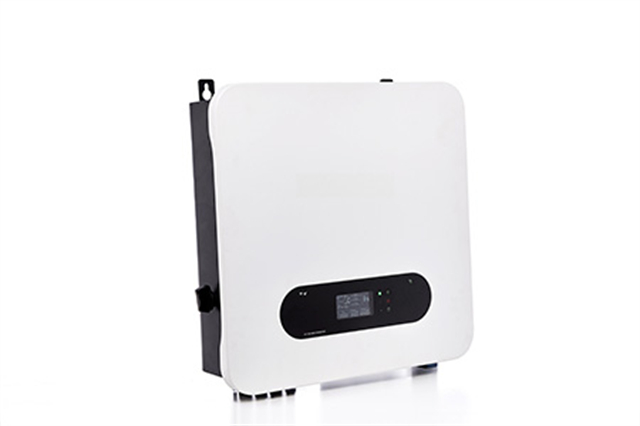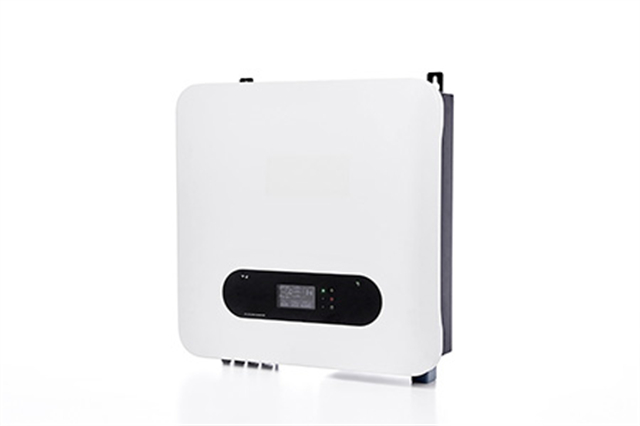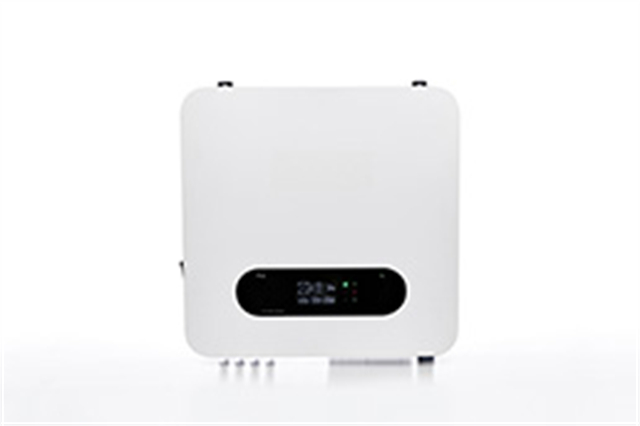Author:BLD Solar Energy SystemFROM:Solar System Converter Manufacturer TIME:2023-10-16
Inverter hybrid on grid systems are becoming increasingly popular as a sustainable and cost-effective solution for generating electricity. This installation guide aims to provide a step-by-step process for setting up an inverter hybrid on grid system.

Before starting the installation process, it is essential to conduct a thorough assessment of your property. Evaluate the available roof space, shading issues, and the orientation of the panels to maximize energy generation. Determine the load requirements and assess the grid connection feasibility.

Gather all the necessary equipment and tools required for installation, including solar panels, mounting brackets, inverters, batteries, cables, MC4 connectors, and electrical tools such as wrenches, screwdrivers, wire strippers, etc. Ensure that you have a safe and organized workspace.

Begin by installing the mounting brackets securely on the roof. Carefully place the solar panels on the brackets, ensuring they are firmly attached. Connect the panels using MC4 connectors and route the cables to the desired location for the inverter and battery installation.
Choose an appropriate location for the inverter and battery setup, preferably indoors or in a well-ventilated area. Follow the manufacturer's instructions for installation, ensuring proper wiring connections and safety precautions. Connect the inverter to the grid power supply and the batteries.
Carefully map out the wiring connections, ensuring that all components are properly connected. Use appropriate cables and connectors to establish the connection between the solar panels, inverter, batteries, and load. Pay close attention to safety protocols and follow local electrical codes.
After completing the physical installation, thoroughly test the system to ensure its functionality. Test the inverter's performance, monitor the battery capacity, and check the grid connection. Verify the proper functioning of essential components and troubleshoot any issues that may arise.
Implement a monitoring system that allows you to track the performance of your inverter hybrid on grid system. Regularly inspect and maintain the system to ensure optimal efficiency. Clean the solar panels, check for loose connections, and monitor the battery health to extend its lifespan.
Always prioritize safety during the installation process. Work with a qualified electrician or professional installer to ensure compliance with local regulations. Follow safety guidelines for working at heights, handling electrical components, and managing potential hazards.
Installing an inverter hybrid on grid system requires careful planning, technical knowledge, and adherence to safety protocols. By following this installation guide, you can set up a reliable and efficient system that contributes to renewable energy generation and reduces your reliance on the grid.
